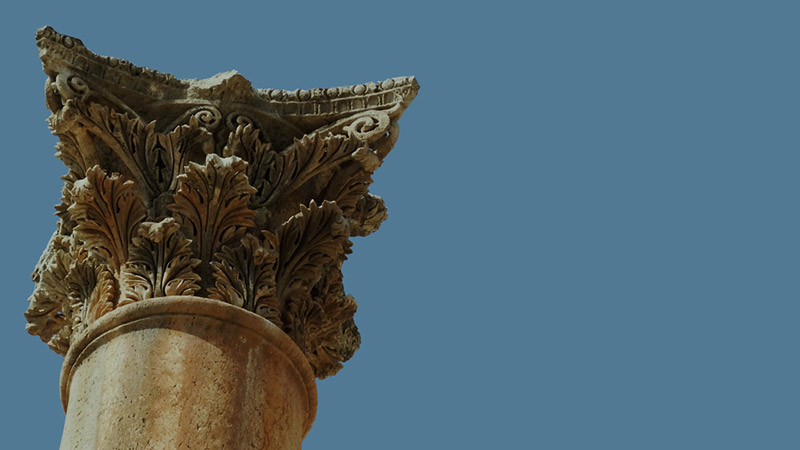
A Broken Cistern
The people of the Bible used cisterns regularly for their water supply. Rainfall was limited, coming only five months of the year from November through March. People would dig pits into the rock, sometimes entirely underground (as in the cistern a...
MORE

An Archaeological Treasure
The Dead Sea Scrolls have been called the greatest archaeological discovery of modern times. They have dramatically enhanced our understanding of the world of the New Testament, the teachings of John the Baptist and our Lord Jesus, and the early c...
MORE

An Essene Cistern
In the Qumran community, the Essenes created several cisterns that, as shown here, were plastered and had steps to allow them to access water. At least two of these cisterns are believed to be mikvoth, ceremonial or ritual baths used for actual cl...
MORE

Azekah
Tel Azekah is a five-acre site overlooking the Valley of Elah. The Judea Mountains stand to the east. The Mediterranean Sea, located about twelve miles to the west, can be seen from the tel.Archaeologists have identified at least four levels of ci...
MORE

Belvoir Fortress
The fortress of Belvior has both an outer fortification and an inner castle. A moat, hewn out of the same bedrock quarried to build the castle, encircles the structure on three sides. Towers stood in each corner and in the center of the outer wall...
MORE

Biblical Covenants
Biblical CovenantsSimilar to a business agreement or contract made today, in the ancient Near East, there was a special covenant form in which a greater party (usually a king), established a relationship with a lesser party (a vassal). The greater...
MORE

Cistern of Masada
Cisterns Herod built to provide water during times of siege and to fill his luxurious swimming pools and supply his bathing complexes. The amount of water needed was staggering. There were several swimming pools on top of the desert mountain, wher...
MORE

Cisterns
What was "Cistern Water"In Israel, the rainy season is only five months long, stretching from November through March. Since fresh springs like those at En Gedi are rare, most ancient cities, towns, and even households used cisterns to ca...
MORE












































